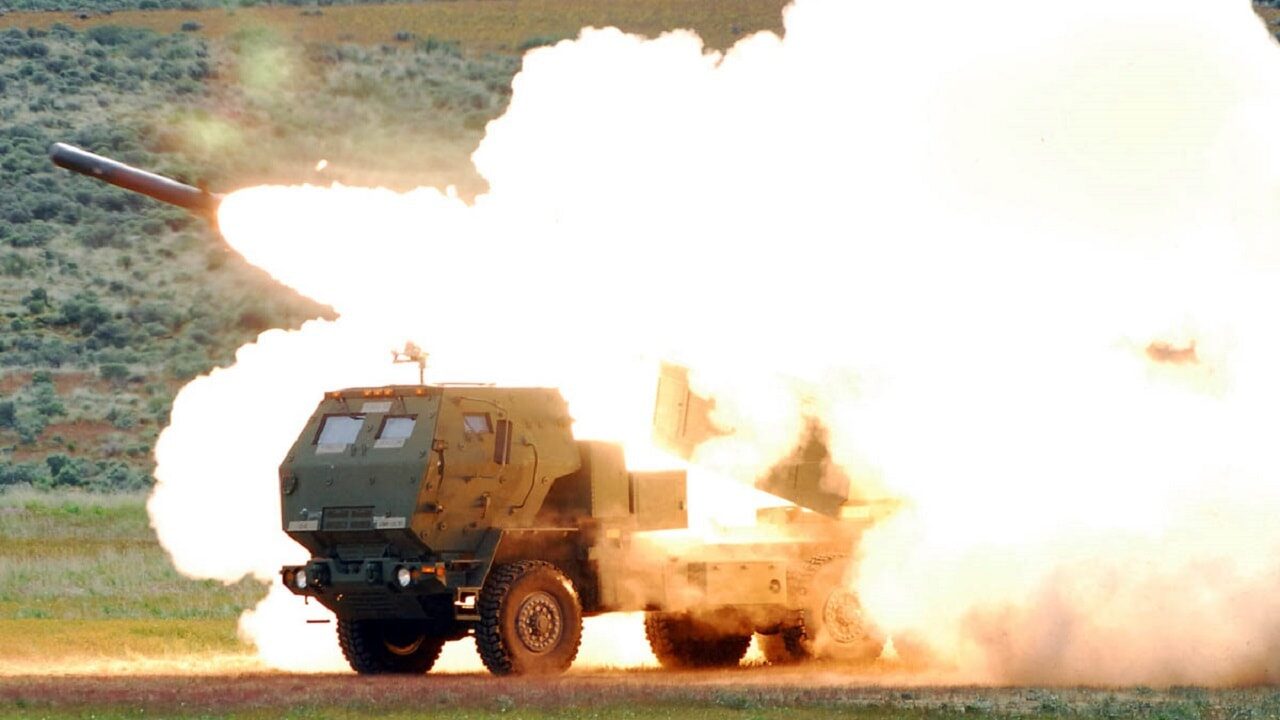Why Does Australia Need HIMARS?
Australia has been granted permission to buy U.S. HIMARS multiple rocket launchers. This gives the Australian Army mobile, lightweight artillery that can deliver powerful guided and unguided rockets, as well as long-range missiles. It also confronts China with yet another long-range weapon.
The $385 million sale includes 20 M142 High Mobility Artillery Rocket Systems, or HIMARS, according to the U.S. State Department’s Defense Security Cooperation Agency (DSCA), which must sign off on the deal before Congress can approve it. HIMARS is manufactured by U.S. defense giant Lockheed Martin.
The sale also includes 30 M30A2 Guided Multiple Launch Rocket Systems (GMLRS); 30 Alternative Warhead (AW) Pods with Insensitive Munitions Propulsion Systems (IMPS); 30 M31A2 GMLRS Unitary (GMLRS-U) High Explosive Pods with IMPS; 30 XM403 Extended Range (ER)-GMLRS AW Pods; 30 EM404 ER GMLRS Unitary Pods; and 10 M57 Army Tactical Missile System (ATACMS). Also included are training rocket pods, radios, support equipment and spare parts.
“The proposed sale will improve Australia’s capability to meet current and future threats, and will enhance interoperability with U.S. forces and other allied forces,” said the DSCA announcement. “Australia will use the capability to strengthen its homeland defense and provide greater security for its critical infrastructure. Australia will have no difficulty absorbing this equipment into its armed forces.”
What is HIMARS?
HIMARS has been in European news lately, where Ukraine has desperately sought the mobile rocket launchers to counterbalance Russia’s preponderance in artillery. As a mobile system, HIMARS also has the advantage that it can quickly displace after firing to avoid Russian counterbattery fire. But the Biden administration has been ambivalent about sending either the M270 MRLS – a heavy, tracked armored vehicle – or its lighter cousin, the wheeled, truck-like M142 HIMARS. The White House fears that Ukraine could use long-range rockets to strike Russian territory, and potentially escalate the conflict.
For Australia, the case for selling HIMARS is more straightforward. The 17-ton vehicle is light enough to be airlifted by a C-130, or easily transported by ship. That’s less of an advantage for Ukraine, which is fighting a land war in an area with a moderately dense road network. But Australia is an island nation that must focus on expeditionary warfare, whether in its Southwest Pacific backyard, or more distant theaters such as the South China Sea. Artillery light enough to be quickly transported across the vast distances of the Pacific is desirable. And a launcher that can shoot an array of rockets is even better: HIMARS can shoot unguided M26 rockets out to 20 miles, and extended-range GMLRS out to 100 miles.
But more significant is the long-range strike capability of HIMARS. The sale includes the Army Tactical Missile Systems (ATACMS), with a range of around 200 miles. HIMARS can also fire the Precision Strike Missile (PrSM), with a range of up to 310 miles. Australia recently opted to join the Precision Strike Missile program, under which Lockheed Martin will develop PrSM for the U.S., Australia and other nations.
Airlifted to Taiwan, the Philippines and other potential launch sites that abut waters and island claimed by China, a HIMARS battery – armed with long-range rockets and assisted by long-range sensors – could pound Chinese amphibious landing sites, airfields and missile batteries.
A seasoned defense and national security writer and expert, Michael Peck is a contributing writer for Forbes Magazine. His work has appeared in Foreign Policy Magazine, Defense News, The National Interest, and other publications. He can be found on Twitter and Linkedin.

